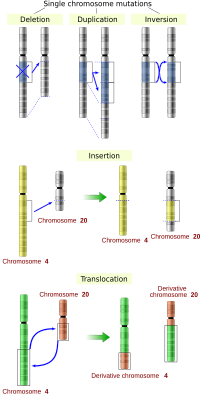Before I go on, +1 for individual lengths for each track or FB00 for each track, or "But things could get pretty wild if blocks were allowed lengths independent of their containing patterns… ![]() "
"
Also +1 for a global data storage UI to observe, measure, and combine potential clips, maybe even a statistic read out.
- in relation to linking *
dblue’s Fractional Notes, in my limited imaginative grasp and knowledge, vaguely solves having individual tempos per track.
The two current problems I’m encountering are
- Access of all the possible resolutions after choosing polyrhythms or polytempo for the base beat/BMP/tempo.
For example, I have a simple 3 beat 16 LPB loop at 70 BPM. I use the Fractional tool to get the following polyrhythm for each sequential beat [1:7, 1:5, 1:3]. I have access to 64th notes on base beat “1” but I have limited access to “7”, “5”, and “3”. I’m always asking myself before laying any ground work, what is the highest resolution I want to work with for a particular tempo AND its attached polyrhythms. I’d like to speed up the exploration process, combine what I find to be musical with other “clips”, and then later save the basic spine of it for later explorations and use. Currently I have a dedicated track for Fractional Notes as my editable generative “clip” track.
- The actual tempo of above examples “7”, “5”, “3”.
Although I could use the Tap Tempo tool, I prefer the tempo be calculated and accurate if using Renoise’s fractional tempo or maybe link Tap Tempo to the pattern editor, but if that isn’t possible, there are existing tools to make it musically possible now.
- suggestion for linking *
Currently there is rotation for automation and Taktik’s Pattern Rotate tool. It would be great if both these tools were optionally linkable. Although its quite possible now, rotating all or selected automations one by one track by track is the tedious part.



